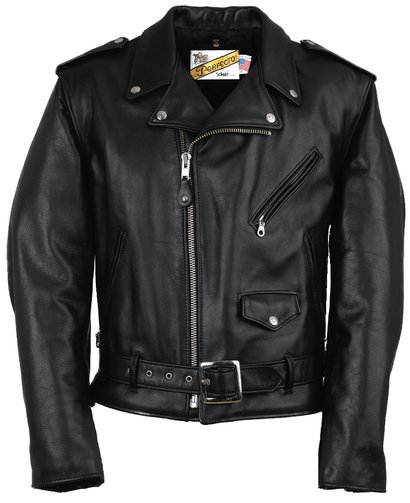This French documentary starts out with a little skit about how an older filmmaker and a younger photographer decide to go on a road trip, meeting people and making large photos along the way. The film succeeds as an affirmation of individual humanity.
The photographer, JR, and the filmmaker, Agnes Varda, travel in a truck outfitted with an interior studio and a big slot on the side that delivers enormous black-and-white images, rather as a small Polaroid might do. The photos are pasted on walls, and then people's reactions are observed.
Early on, the two stop on a street of brick rowhouses once occupied by miners' families. The neighborhood is empty except for a woman whose father worked in the now-abandoned mine.
JR and his team make enlargements of photographs of the now-gone miners and also one of the woman who remains. They paste the photos across the brick fronts of the houses in a display that acknowledges the past, the woman's memories and the woman herself. She is deeply moved when she sees the result.
As Varda and JR proceed down the road, they encounter and shoot pictures of factory workers, a postman, a shy waitress, farmers and an old friend of Varda's. In each case, the team's larger-than-life photos make outsized impressions on the people who see them. The idea is simple, but the effect is not.
When one pasted-up image is worn away by a force of nature, JR acknowledges that his work is ephemeral, like life itself. Later, he looks at the much-older Varda.
"Are you afraid of death?" he asks her.
"I don't think so," she answers, and then says, "I think about it all the time."
Nothing is permanent, of course, but each human being wishes to be understood as an individual. The meanderings of Varda and JR's project explore that idea and remind us how true it is.
Notes
Agnes Varda's work was the subject of a weeklong retrospective earlier this month at the University of Chicago. In a story previewing the event, Chicago Tribune critic Michael Phillips described her career:
"Varda, 87, is a pioneer of the French new wave. Her earliest work influenced the most famous nouvelle vague exporters (Jean-Luc Godard, et al.), whose work in turn influenced Varda. The chief exporters were men; she was the woman, married to "Umbrellas of Cherbourg" auteur Jacques Demy. Varda made her way against patronizing societal odds, odds that aren't much better for female filmmakers today."
The article, published October 8, is interesting throughout.
-----
The movie calls to mind a mural painted this year on a silo in Nashville's Nations neighborhood. The image is 15 stories tall and depicts a 91-year-old man who has lived nearby since sometime in the 1920s. (Images of two boys, similarly oversized, are on another wall of the building.)
A main road entering the area gives a straight-on view of the man. The effect, like that of the photos in the film, is one of authentic humanity.
The artist is Australian Guido Van Helten, who has rendered other photorealistic murals in Mexico, Iceland, Finland and Ukraine, among others.









